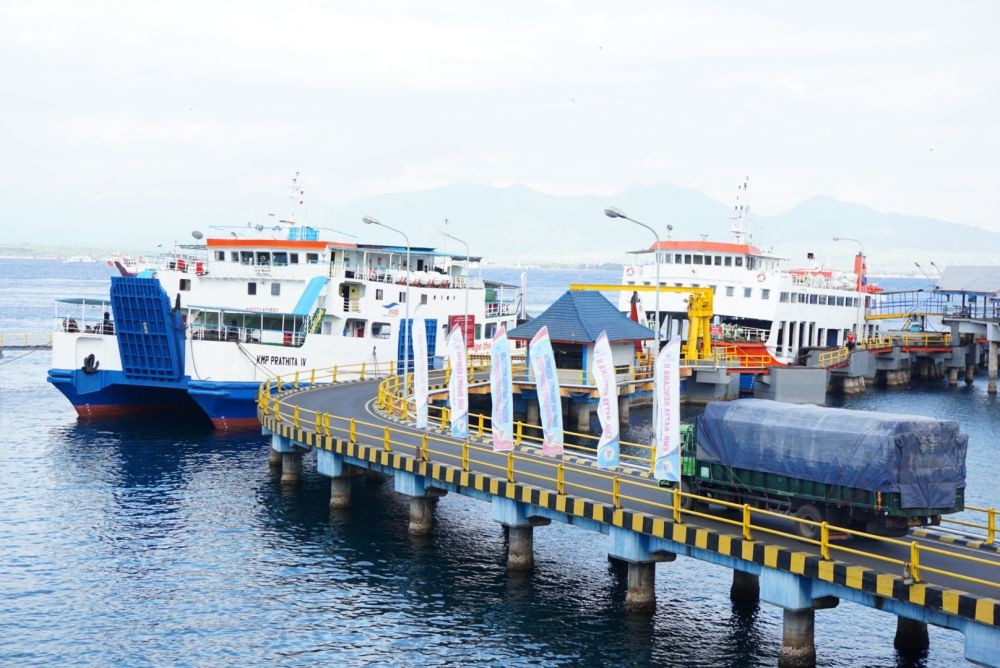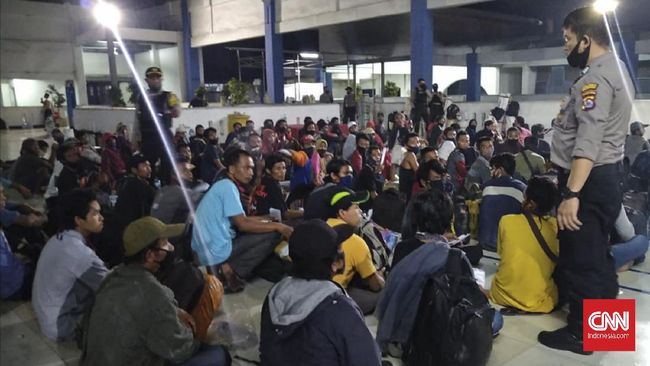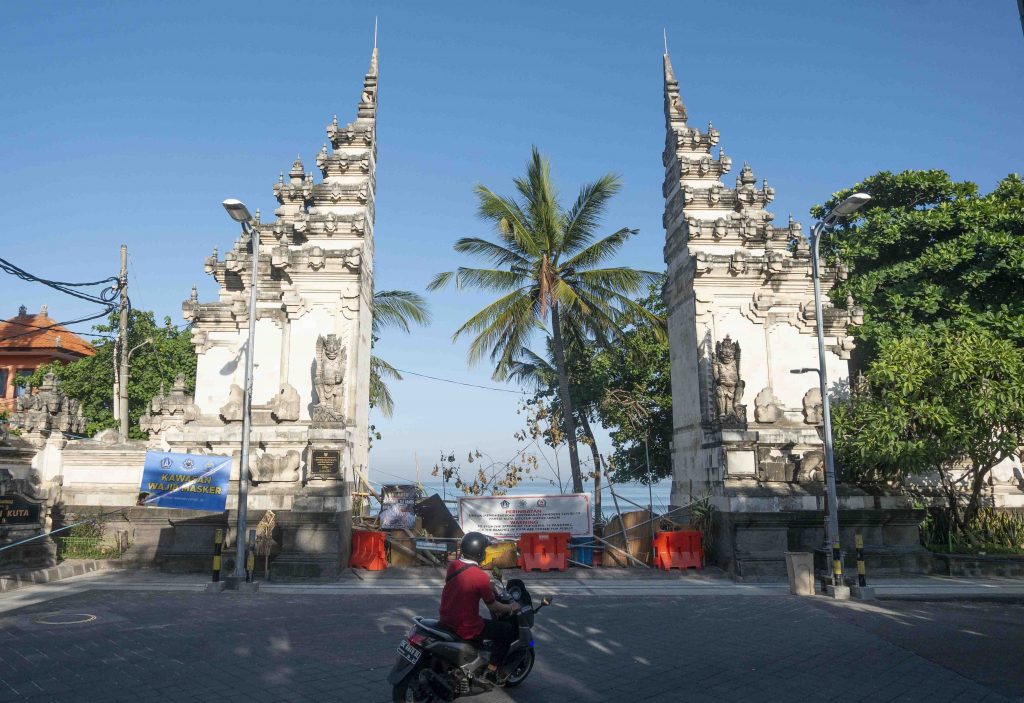For those of us who live on the island, it has been blatantly visible that people are beginning to relax on social distancing and staying at home. 2 months of frustration, and the seemingly positive news surrounding Bali’s Covid-19 situation has created the perfect recipe for this.
However, we urge to stand fast because outside influences may heavily affect this…
22 May 2020 marks the start of the Idul Fitri (Eid) holidays, which has always been Indonesia’s most prominent holiday season when people mudik, or go back to their original hometowns and villages. Whilst the government has banned mudik until 31 May 2020, a loophole has created relaxed travel, whereby those with three specific certificates are given.
You might think Bali won’t be affected, as this is an Islamic holiday, but mudik sees people of all backgrounds journey home.

On 19 May 2020, as many as 2,291 people in 1,971 vehicles gained entry into Bali’s Gilimanuk port from Banyuwangi, East Java, according to cnnindonesia.com (official data from PT ASDP Indonesia Ferry).
Many of them pedestrians, travelling across the strait on the 27 ferries still operating. Unlikely social distancing measures being implemented – though the Bali government confirmed there were increased restrictions and health measures.
Many of these migrants, who worked in various towns scattered around East Java, were forced to come home as they recently became unemployed. Business and employment has dropped in the region.

What is most concerning is that two days later (21 May), Jakarta Post reports “East Java, second hardest-hit province after Jakarta, struggles to control virus spread”.
East Java broke the record of daily Covid cases on 21 May when 502 people were confirmed with the virus, the region has been dubbed the “new epicentre of the outbreak in the country”. The region has seen a 70 percent spike in weekly cases.
So in the same period thousands of people enter Bali from East Java, East Java shows an enormous spike in cases — and with busyness of the ports, close contact with infected is highly probable.
So what does that mean for Bali?

Unfortunately, these 2,000+ new entrants from the East Java region has the potential to undermine all the amazing work Bali has put in to keep case numbers down. The legality of the ‘mudik’ ban is certainly put to question as thousands around the country continue to travel home.
The case in Bangli Regency where a few returning cruise ship employees infected a village, making an instant red zone, is a situation we should learn from.

We cannot be sure what percentage of the 2,291 people entering Bali are infected or became infected, but the need to be cautious is clear.
This is not meant to be fear mongering, it is a plea for the Bali community to remain vigilant. Many businesses have begun to open, out of necessity, to provide employment and income. We understand this. But if you feel that a business is not putting the necessary measures in to keep customers safe, make the conscious decision to protect yourself (and others).
Booking.com announced that Bali is voted the #2 destination on everyone’s post-pandemic wish list, which is great, but if Bali sees a sudden spike because of this holiday migration the whole island’s road to recovery will only be extended.
It is better to wait this out properly, so that the island can be in the clear sooner, rather than forcing opening sooner rather than later. Then everyone’s businesses and livelihoods can recover as a whole.
So please, remain vigilant, remain cautious, and ask your friends to do the same. We ALL want this to be over.










